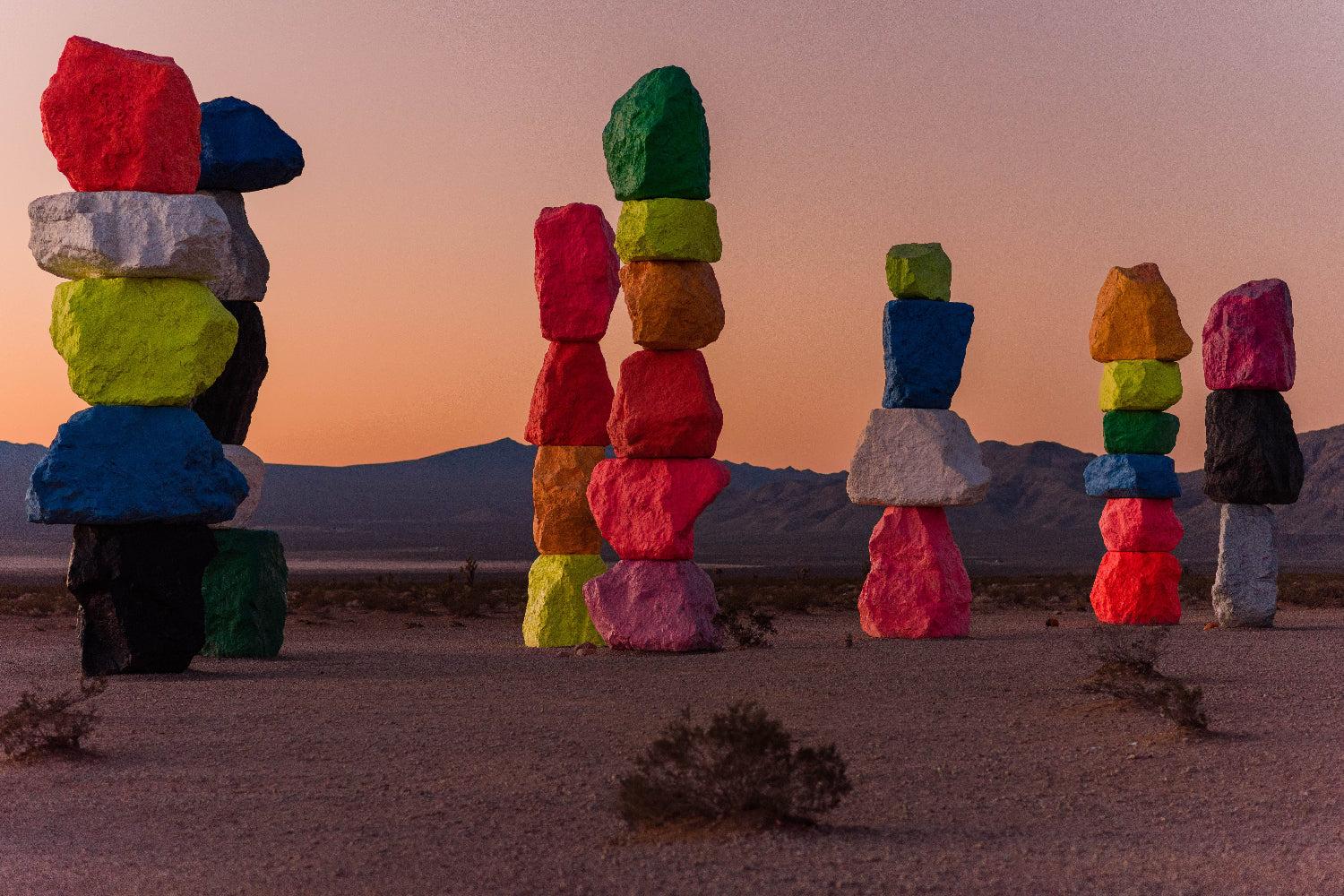In today’s world, where environmental issues like climate change, pollution, and deforestation dominate global conversations, art has emerged as a powerful voice for nature. Environmental art — also known as eco-art — blends creativity with ecological concern, aiming to inspire awareness, reflection, and action to protect the planet.
This genre of art doesn’t just decorate walls; it educates minds, stirs emotions, and sparks change. Through paintings, sculptures, installations, and performances, environmental artists are turning the beauty and fragility of nature into a vivid call for sustainability.
🌱 What Is Environmental Art?
Environmental art is a form of artistic expression that:
-
Focuses on nature and ecological concerns
-
Uses natural or recycled materials
-
Raises awareness about environmental issues
-
Encourages sustainable practices and thinking
-
Sometimes exists outdoors or is temporary, leaving no harm to the ecosystem
Whether it’s a tree made from plastic bottles or a land sculpture that changes with the seasons, environmental art connects humans emotionally and intellectually with the Earth.
🎨 History and Evolution
Environmental art has roots in:
-
Ancient cave paintings of animals and landscapes
-
Land Art Movement (1960s–70s) – artists like Robert Smithson and Andy Goldsworthy created works in natural settings
-
Contemporary eco-artists who respond to modern problems like climate change and urban pollution
What began as admiration for nature has grown into activism through art.
🌍 Key Themes in Environmental Art
-
Nature’s Beauty – Celebrating landscapes, wildlife, and ecosystems
-
Pollution and Waste – Highlighting the dangers of plastic, chemicals, and urban sprawl
-
Climate Change – Visualizing rising temperatures, melting glaciers, and climate anxiety
-
Conservation and Biodiversity – Advocating for endangered species and forest protection
-
Sustainability – Promoting green living, recycling, and renewable energy
-
Human Impact – Showing how cities, industries, and behaviors affect the Earth
🧑🎨 Famous Environmental Artists and Works
-
Andy Goldsworthy (UK): Creates delicate, temporary sculptures using leaves, ice, and stones.
-
Nils-Udo (Germany): Builds poetic natural installations in forests and lakes.
-
Agnes Denes (USA): Planted a wheat field in New York City as a protest against urban greed.
-
Subodh Gupta (India): Uses kitchen utensils and found materials to comment on waste and consumption.
-
Vivan Sundaram (India): Created art from garbage to raise awareness about urban pollution.
🌟 Environmental Art in Schools and Communities
Environmental art is a great way to engage young people and create community impact. Activities include:
-
Eco-poster and slogan competitions
-
Sculptures from recyclable waste
-
Nature mandalas using leaves, flowers, and pebbles
-
Murals on sustainability themes
-
Street art or wall paintings promoting green messages
-
Installations using e-waste, bottle caps, or discarded textiles
Such projects blend creativity with environmental learning and teamwork.
🧵 Materials Used in Environmental Art
Eco-artists choose materials that are:
-
Natural – leaves, rocks, twigs, soil, sand
-
Biodegradable – cloth, paper, organic colors
-
Recycled or repurposed – metal scraps, plastic bottles, old clothes
-
Non-toxic – safe for humans and nature
Often, the artwork is temporary, showing respect for nature's impermanence and cycles.
🧠 Why Environmental Art Matters
-
Raises awareness about urgent environmental issues
-
Simplifies complex ideas like climate change and biodiversity loss
-
Engages emotions more deeply than statistics
-
Encourages public dialogue and participation
-
Inspires action in schools, homes, and communities
-
Turns trash into treasure — making sustainability beautiful
Art makes the invisible visible — and that’s exactly what the planet needs.
🌿 How You Can Create Environmental Art
Anyone can be an eco-artist. Start small:
-
Collect natural items (leaves, shells) and make collages
-
Reuse cardboard, cans, or fabric to sculpt or paint
-
Paint a wall with a message for the Earth
-
Create an artwork that shows your vision for a green future
-
Organize a "Trash to Art" day at your school or colony
Every small creation becomes a silent ambassador for the environment.
🧭 Conclusion: Art That Heals the Planet
In a time of environmental crisis, art becomes more than expression — it becomes a responsibility. Environmental art speaks the universal language of creativity to heal, inspire, and transform. It reminds us that saving the Earth isn’t just about science and policies — it’s also about feeling, beauty, and belief.
🎨🌍 So let’s paint, build, write, and imagine — not just to decorate the world, but to protect it. Because art can’t save the planet alone — but it can move the hearts that will.

